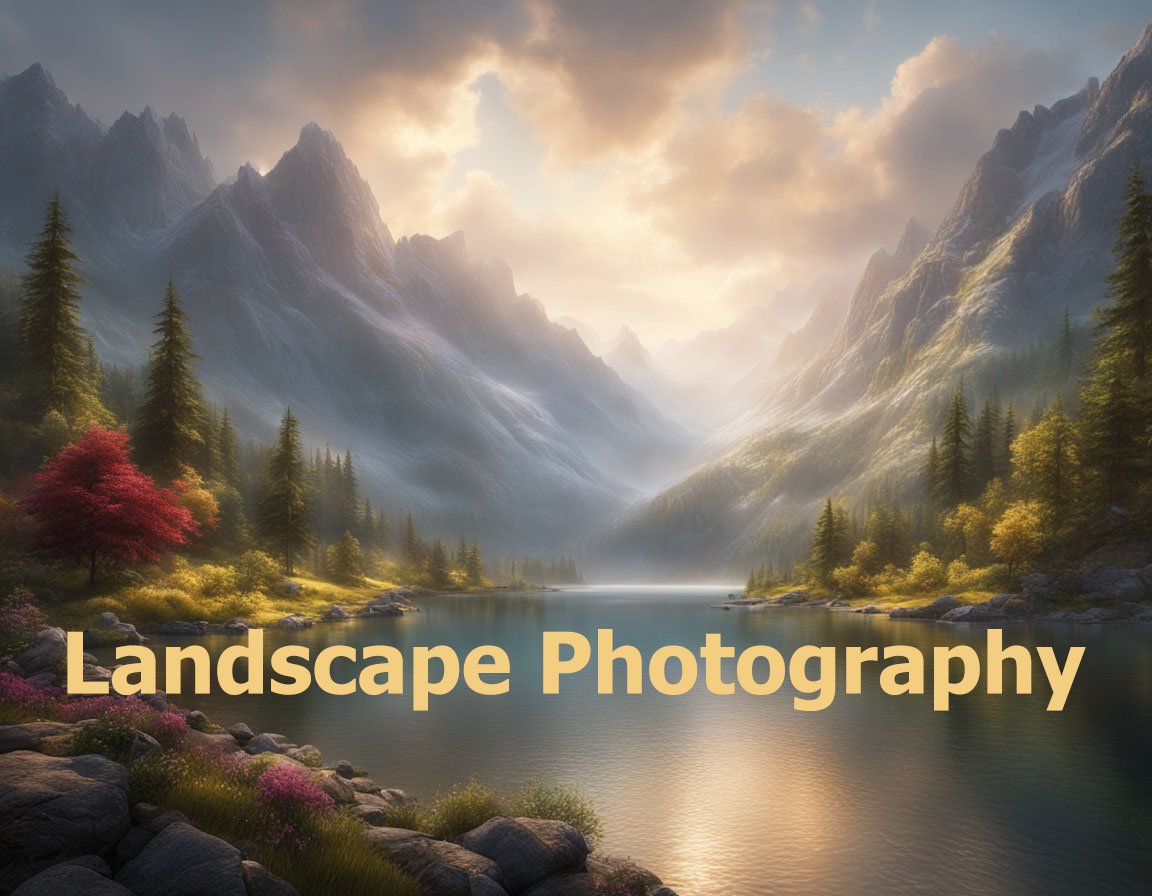Understanding the basics of smartphone camera settings is crucial for enhancing landscape photography. Start by learning manual controls, enabling flexibility in adjusting settings like ISO, shutter speed, and white balance. Lower ISO settings can reduce noise, while adjusting shutter speed can capture movement, such as water flowing, with a silky effect.
Focus on light; it’s your best ally. The golden hour, just after sunrise or before sunset, casts a warm, soft light ideal for landscapes. Pay attention to natural light’s direction and quality. Sometimes, overcast days offer diffused light that helps capture vivid details without harsh shadows.
Composition is key. Utilize the rule of thirds by enabling gridlines on your smartphone. Place points of interest along the gridlines or at the intersections. This method naturally draws the eye and creates balanced images. Leading lines, such as paths or rivers, direct viewers through the scene, while framing elements, like branches or archways, add depth.
Experiment with perspectives and angles. Avoid clichéd eye-level shots by crouching low or finding high vantage points. This fresh perspective can transform a mundane composition into something extraordinary. Additionally, shooting in portrait mode occasionally can emphasize height, such as trees or mountains, for an impactful shot.
Don’t overlook the power of post-processing. Use apps like Adobe Lightroom or Snapseed to enhance colors and contrast. Be mindful not to over-edit; subtlety is key to maintaining a natural look. These tools allow you to adjust exposure, shadows, and highlights, enhancing the details that might otherwise be lost in the original photograph.
Incorporate HDR (High Dynamic Range) mode, especially in high contrast scenes where there are bright skies and dark landscapes. HDR combines multiple exposures to balance light across the image, ensuring neither the sky washes out nor the shadows obscure details.
Smartphones offer panorama modes, perfect for capturing wide landscapes. Ensure you start from one end of the scene and smoothly pan across to the other while staying level. Panoramas are excellent for showcasing expansive views and delivering a sense of the environment’s scale.
Don’t underestimate the power of smartphone lenses. Consider investing in clip-on lenses, such as wide-angle or telephoto, to increase versatility. Wide-angle lenses capture a broader scene, ideal for sweeping vistas, while telephoto lenses draw distant subjects closer, maintaining focus and detail.
Master focus and depth. Tap your screen on the area you want in focus; this ensures clarity where it’s needed most. For effects like bokeh, where the foreground is sharp and the background is blurred, some phones offer portrait modes that help isolate subjects against vast landscapes, adding a professional touch.
Keep an eye on smartphone updates and new features. Advances in technology continually improve camera capabilities with each update. Features such as night mode, ProRAW format, or AI enhancements can significantly affect image quality and are worth exploring and incorporating into your photography workflow.
Take advantage of natural elements. Utilize reflections in water to add symmetry, or include dynamic weather conditions, such as mist or storms, to infuse your images with mood and storytelling elements. A dramatic sky can often make a good landscape shot great by introducing emotion or tension.
Be aware of your smartphone’s limitations and work within them. Low light can be challenging, so utilize a tripod for stability and reduce noise by keeping the ISO low. For long exposures necessary for particular artistic effects like light trails, some apps provide manual control over these settings, even on devices with limited in-built options.
Finally, practice patience. Great landscape photography often involves waiting for the perfect moment when light, weather, and composition align. Being prepared to adapt to changes in natural conditions can lead to unexpected, stunning results. With mindful practice and a willingness to experiment, your smartphone can become a powerful tool in capturing the breathtaking beauty of landscapes.


